Growing ever flowering begonia from seeds
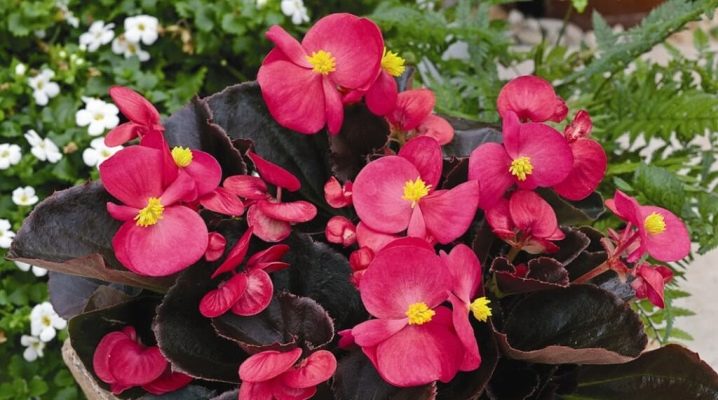
Many flower growers dream of decorating their summer cottage with beautiful and original flowers. These include ever-flowering begonia. Not many fans of decorative flowers know that this plant can be grown at home from seeds. Having studied the rules of planting and caring for begonias, even a novice gardener can easily get the variety he likes.
Peculiarities
The ever-flowering begonia is a perennial hybrid plant. People call her "girlish beauty" for its aesthetic appearance. Sunny Brazil is considered the birthplace of "beauty". The plant is characterized by leaves of a dark green saturated color and a dense stem. Note that decorative begonia belongs to complex hybrids, so the shades of the inflorescences are different: white, red, pink and orange. Terry flowers with a border. Begonia is one of the most popular varieties for home cultivation. From it they create magnificent flower gardens on the plots. Also, gardeners often "construct" a "patterned carpet" from this plant in flower beds. In addition, amazing flower arrangements are made from ever-flowering begonias.
It is believed that the leaves of this variety have antibacterial properties. Indoors, the plant "kills" viruses, harmful microbes and fights unpleasant odors. In addition, "maiden beauty" absorbs negative energy and creates a favorable atmosphere in the house.
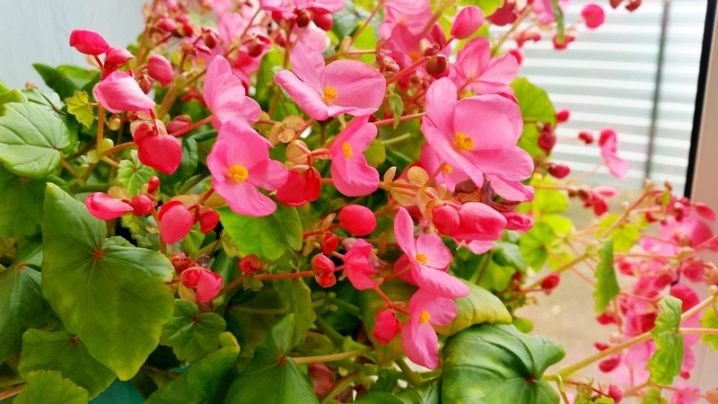
Sowing terms and rules
To grow this plant from seed, you will need a small set:
- seeds (can be purchased at a gardening store);
- special soil;
- box (container).
Sowing begonias requires soil enriched with various nutrients. Regular ground won't work.
Begonia seeds are quite small, so they are usually mixed with sand. Novice gardeners are better off opting for granular seeds. They are easier to spread over the surface of the soil, peat tablets are an ideal place for planting.
The landing dates for the "maiden beauty" fall on the winter period. To get early seedlings (in summer), it is better to sow the plant in January. When choosing a container, pay attention to the walls of the box - they should not be too high. Ever-flowering begonia loves soft soil, therefore, before sowing, the soil is moistened and seeds are sown on its surface. It is not necessary to make deep holes - this will complicate the sprouting process.
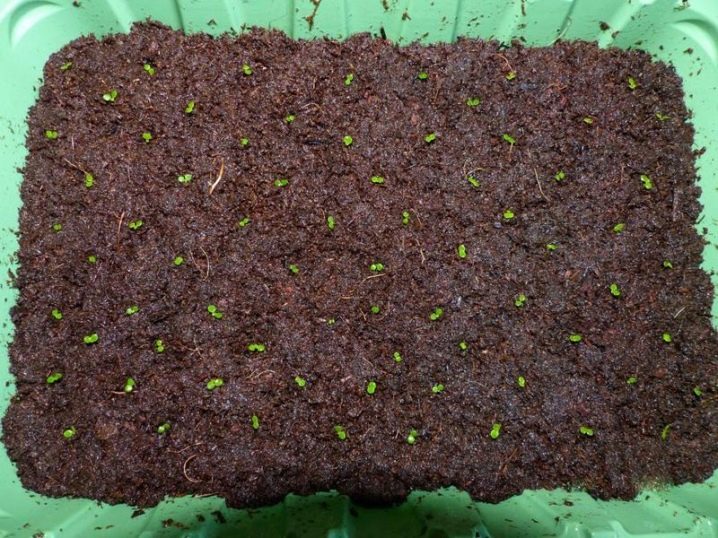
Growth and development
For the timely germination of seeds, favorable conditions are necessary: a sufficient amount of moisture and heat. In this regard, the box is covered with glass (or foil). Also, such a "cover" will protect crops from external influences.
It will not work according to the principle of “close and forget”! Seedlings need constant care and monitoring. For example, water droplets form over time on the glass that is used to cover the container. They are immediately removed with a towel. Otherwise, the seeds may rot. Another solution would be to tilt the boxes or cover the glass with thick paper, which creates a shadow and reduces the amount of moisture inside the container.
Remember that too much water leads to the formation of harmful fungi.
When mass shoots appear (after 10-12 days), the glass or film is removed, delicate shoots are carefully sprayed with a spray bottle.An excellent solution would be to fill the tray with water, in which a box with seedlings is placed. For the rapid growth of the plant, the temperature in the room should not exceed 22 degrees above zero.
Growth stages of begonia involve picking. This process consists in transplanting sprouts into larger containers. This is a necessary measure that will allow the plant to develop normally. Thanks to the picking, flower growers get rid of unusable seedlings. Transplantation of shoots is carried out during the period when formed leaves appear on the bush (at least 3). Then all the bushes are placed in separate pots and placed in a dry, dark place. For further cultivation, loose and "breathing" soil is selected. After three weeks, the plant is ready for permanent residence.
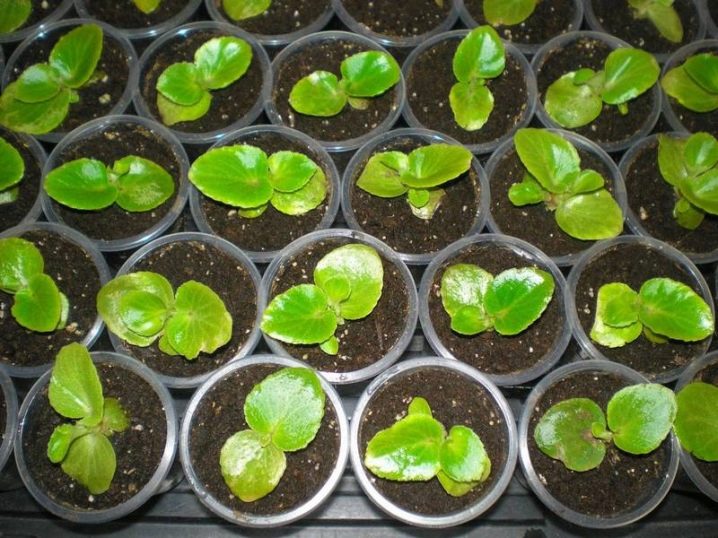
The picking process requires special care. The sprouts need proper watering and feeding. You can feed the soil with special mineral fertilizers 2 weeks after the pick. Note that as the begonia grows, the air temperature is gradually reduced to 18 degrees and the humidity level is monitored. Also for growing a plant at home from seeds, you will need the following guidelines.
- Exposure to direct sunlight can kill the shoots.
- During the flowering period, begonia requires special treatment.
- For permanent planting of the plant, do not use a "shady" place. The color of leaves and buds may become too dull.
- "Maiden beauty" needs fresh air.
When the time comes to determine the permanent "habitat" of begonias, then pay attention to the following tips:
- planting is carried out on a site, terrace or loggia;
- begonia must be protected from the scorching sun and adverse weather conditions;
- with the onset of the autumn-winter period, the "girl's beauty" is brought into the room, where she continues to delight with her amazing flowers.
The final planting will take place at the end of May, when the plant is already fully formed. Begonia is transplanted very carefully so as not to damage the delicate root system. The land is regularly loosened, watered and rid of weeds.
It is necessary to feed a matured plant during the budding period once every two weeks. After flowering, the feeding process is stopped.
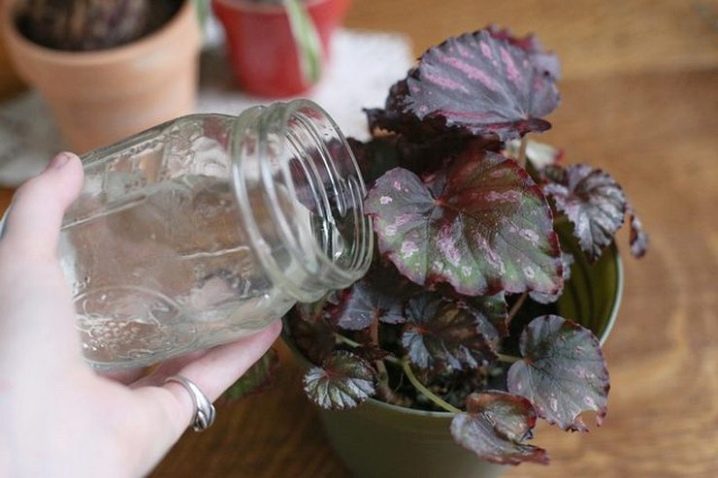































The comment was sent successfully.